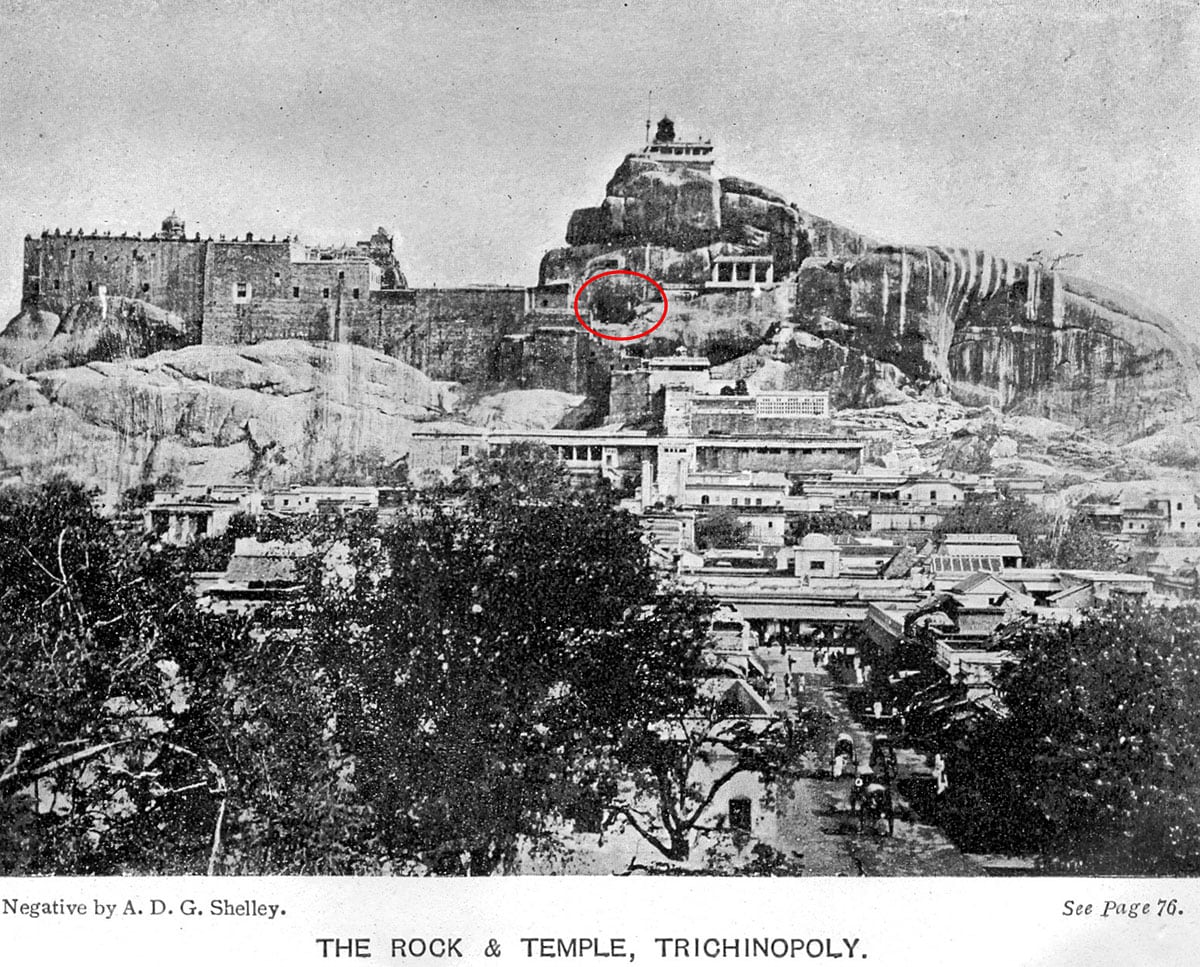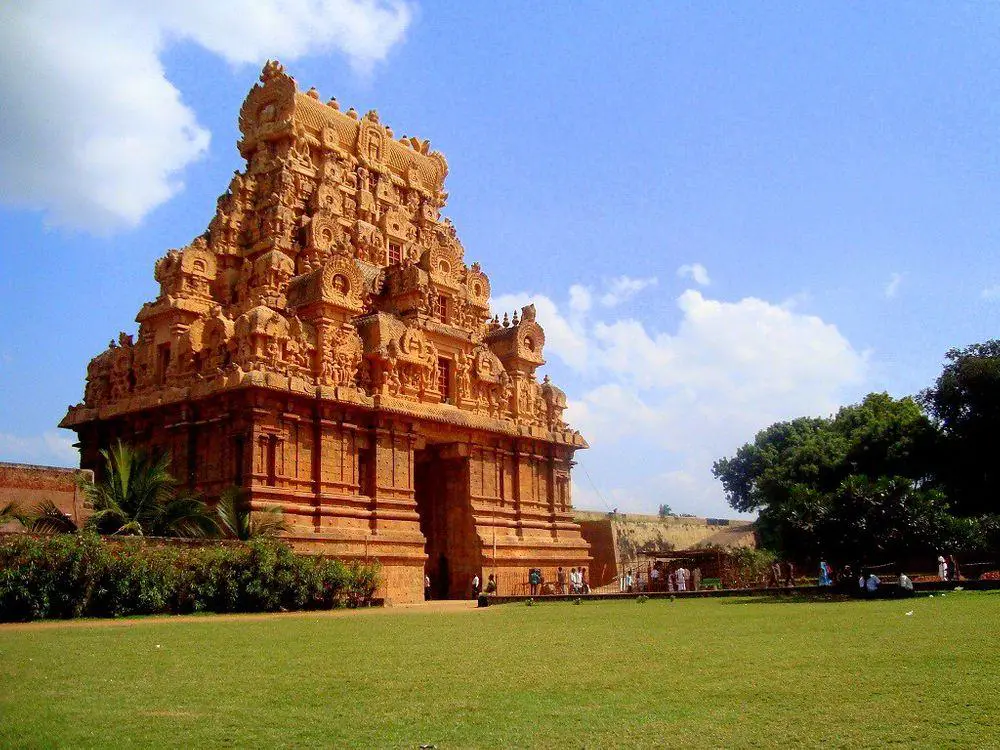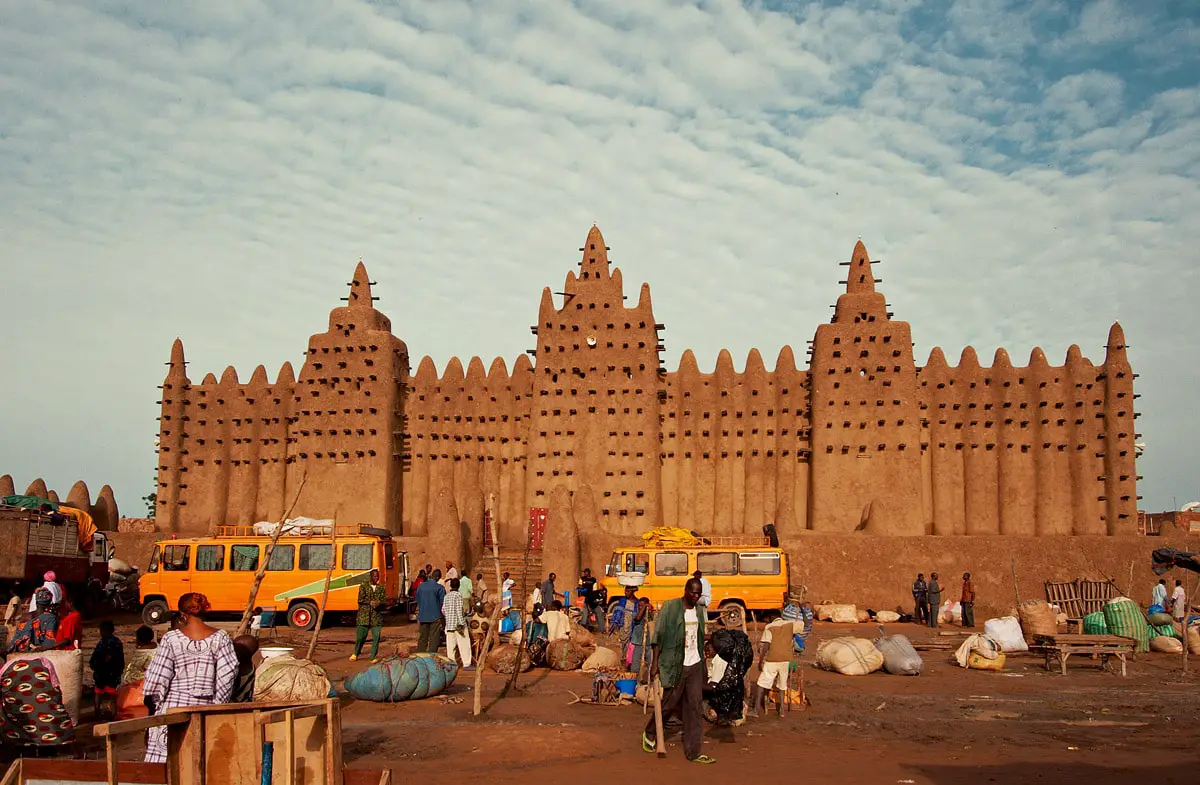World 🢖 Asia 🢖 India 🢖 Tamil Nadu
Hindu shrines 🢔 Religious architecture 🢔 Architectural wonders 🢔 Categories of wonders
Wonder
Lalitankura Pallavesvara Griham

 In short
In short
The southernmost rock cut Pallava Hindu cave temple is Lalitankura Pallavesvara Griham. It was built in the rock in the 7th century AD.
 43.3%
43.3%
GPS coordinates
Location, address
Alternate names
Writing in Tamil
Age
Religion
Map of the site
If you see this after your page is loaded completely, leafletJS files are missing.
 In detail
In detail
This is the southernmost Pallavan cave temple and it contains several valuable works of art. The whole planning of this temple, art (rather – what remains of it) and some inscriptions inside it emanate the unsurpassed synthesis of Indian medieval philosophy, architecture, poetry, and art.
Temples in ancient rock
Rocks shaping the Rockfort are extremely old – over 3 billion years. Mythologically this rock is considered to be a place where, according to Ramayana, Lord Ganesha ran away from king Vibishana.
According to inscriptions in the cave temple, it has been created during the reign of Mahendravarman I – in 600 – 630 AD. This is not the first rock-cut temple here – some 500 years earlier here was created a cave – a resort for Jain ascetics with a number of inscriptions. And it is neither the last one – approximately a century later, during the Pandya dynasty, there was created another cave temple below the Lalitankura Pallavesvara Griham. Several later temples were built around Rockfort and on top of it and around the cliff there has grown a large city with more than a million inhabitants. But at the time when Pallavan artists climbed the Rockfort to start their hard work, this was a comparatively inaccessible and desolate place where the city only started to develop.
Architecture
Cave temple is dedicated to Shiva. Its name – Lalitankura-pallavesvara-griham – means approximately – “the Pallavan shrine of the charming offspring” – this name is inscribed over the inner entrance in the shrine.
Temple is entered through an entrance formed by four pillars and two pilasters. Pillars are square in cross-section, the middle part is eight-sided. The simple design of pillars testifies that this cave was made in the early Pallava period. Pillars are covered with beautiful geometrical ornaments and inscriptions.
After passing the pillars one enters a hall with four more similar pillars at the rear side. These inner pillars are adorned with medallions.
To the right – in the eastern wall of cave – there is located the shrine – garba-griham. It is guarded by the sculptures of two dvarapalas – guards of the shrine. Both guards have turned towards the shrine, holding clubs. Their clothing reflects the fashion of the time. Shrine itself is like a cube with 2.7 m long sides and empty niches in both sidewalls. It is empty now – but the rear wall is adorned with the exquisite Gangadhara panel.
Gangadhara panel
Gangadhara panel is a beautiful, sophisticated sculptural group covering almost the whole western wall of the shrine.
It depicts four-armed Shiva shown as Gangadhara – bearer of the sacred River Ganges flowing from the hair of Shiva. Shiva’s upper right hand holds a strand of hair – here descending the Ganges is shown as a small female. The lower right hand of Shiva holds the tail of a serpent. Clothing of Shiva is shown with great proficiency, realistically showing each fold.
In both sides of Shiva there are flying vidya-dharas – deities inhabiting the sphere between the earth and ether, somewhat similar to angels.
On earth on both sides there are figures in royal dress kneeling down before Shiva.
Gangadhara panel is the oldest known sculptural composition in Tamil Nadu – but it shows such artistic proficiency that it can not be the first attempt in the sculpting of such panels.
Even more intriguing and awe-inspiring is the harmony of this exquisitely sculpted group with the verses around it.
Inscriptions
Lalitankura Pallavesvara Griham contains several important inscriptions written in the Sanskrit language and the beautiful Pallava Grantha script, some also in the Tamil script. Some inscriptions list the titles of Mahendravarman I – in total 80 of these titles!
Like many other monuments of Pallava period, Lalitankura Pallavesvara Griham is rich both with artistic and intellectual qualities. Visiting this temple is a meeting with an ancient culture which in many respects surpassed the achievements of present-day civilization. Most of the present-day visitors spend no effort to appreciate this – they just make a short stop here during their ascent to the top of Rockfort hill.
Unique and interesting inscription is a poem of eight couplets encircling the Gangadhra panel – possibly composed by the king himself and describing the Gangadhara panel. Some consider that this poem is also an early example of dhvani – a very sophisticated trend in Indian poetry where for the proper understanding of the verses both the poet and hearer should be on the same emotional "wavelength".
Several specialists have been looking for the true meaning of this epigraph and also – for the correct translation of this sophisticated text into English. It is also considered that verses together with the Gangadhara panel itself represent a conceptual unity which can be comprehended only by the enlightened ones.
References
- Pallava Cave Temple at Thiruchirappalli Rockfort, Tamil Heritage. Accessed on April 18, 2010.
- Pallava Cave Temple at Thiruchirappalli Rockfort – Lalitankura Pallavesvara Griham, Poetry in Stone. Accessed on April 18, 2010.
 Linked articles
Linked articles

Hindu shrines
Hinduism is one of the oldest religions – possibly the oldest one among contemporary religions and Hindu temples belong to the most impressive religious buildings in the world.

Religious architecture
Since ancient times human talents and skills have been expressed in religious architecture and arts, and traditions and rituals have evolved around pilgrimage sites. Religious buildings represent a major part of the highest achievements in architecture and crafts.

Wonders of India
India is the seventh-largest country in the world by area, and, naturally, such a large area contains a huge amount of exciting attractions…
Wondermondo considers that India is the second richest center of architectural heritage in the world after Europe and maybe no single country in the world can match it in this respect.
 Recommended books
Recommended books
India: The Ancient Past
India: The Ancient Past provides a clear and systematic introduction to the cultural, political, economic, social, and geographical history of ancient India from the time of the pre-Harappan culture nine thousand years ago up until the beginning of the second millennium of the Common Era.
Paintings in Tamil Nadu: A History
No other state in the Indian Union has a long and continuous painting tradition as Tamil Nadu.
The book takes the reader along a journey of a study of the paintings from pre-historic times to the 20th century; from cave art in dense jungles to temples that were royal undertakings and temples in remote villages; to collections buried in dusty archives and to those in well-known museums. The book includes, for the first time, paintings that have been scraped away from the walls and ceilings of some temples.


